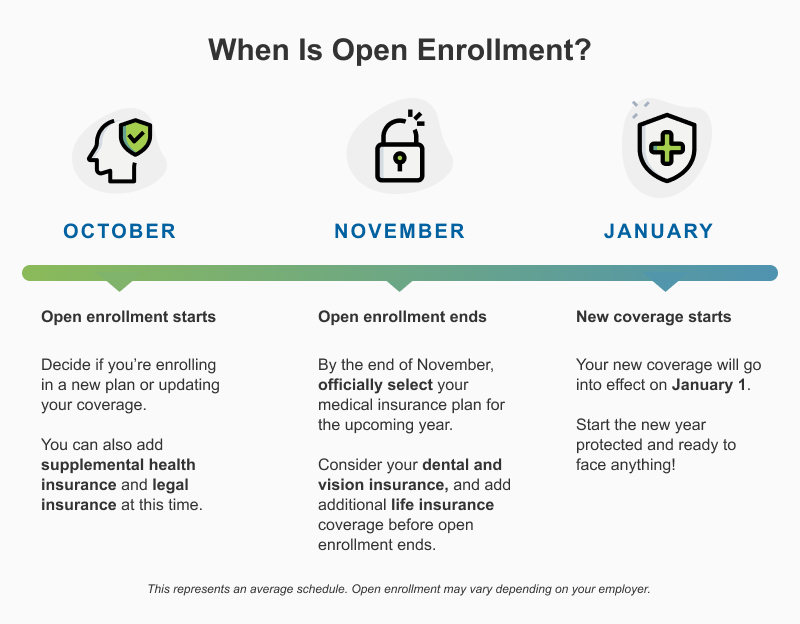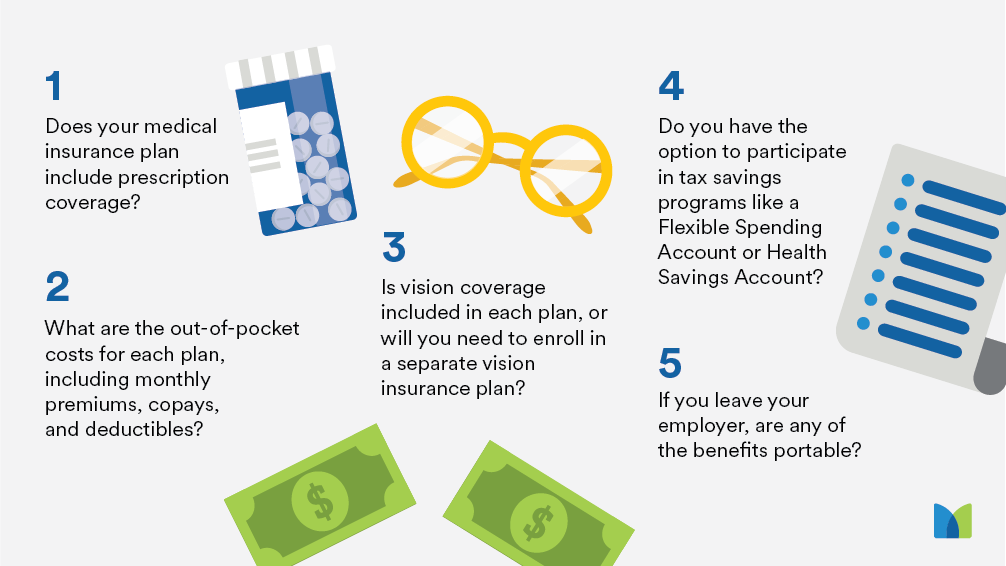The Best Guide To Medicare Advantage Agent
The Best Guide To Medicare Advantage Agent
Blog Article
Get This Report about Medicare Advantage Agent
Table of ContentsMedicare Advantage Agent for DummiesHow Medicare Advantage Agent can Save You Time, Stress, and Money.The Main Principles Of Medicare Advantage Agent

complies with from puzzling the reasonably young age account of the uninsured with the far better health and wellness, typically, of younger persons. This covers the web link in between wellness status and medical insurance. For those without accessibility to work environment health and wellness insurance, bad wellness is a prospective obstacle to acquiring nongroup protection because such coverage might be extremely valued, leave out pre-existing problems, or be merely not available. The number of uninsured Americans is not particularly large and has actually not transformed over the last few years. 7 out of ten participants in an across the country representative survey thought that fewer Americans lacked wellness insurance coverage than actually do(Fronstin, 1998). Roughly fifty percent(47 percent )thought that the number of people without medical insurance lowered or stayed constant over the latter half of the last decade(Blendon et al., 1999). This decline of almost 2 million in the number of individuals 'without insurance (a reduction
of about 4 percent)is absolutely a positive change. With a softer economic climate in 2000 the most up to date reported gains in insurance protection might not continue(Fronstin, 2001 ). The decrease in the variety of without insurance will certainly not continue if the economic situation remains slow and wellness treatment costs proceed to outpace inflation. This is due to the fact that the information were collected for a period of solid financial efficiency. Of the approximated 42 million individuals that were uninsured, just about concerning 420,000(regarding 1 percent)were under 65 years old, the age at which most Americans come to be eligible for Medicare; 32 million were adults between ages 18 and 65, about 19 percent of all adults in this age; and 10 million were kids under 18 years old, concerning 13.9 percent of all kids (Mills, 2000). These estimates of the number of individuals uninsured are produced from the annual March Supplement to the Existing Populace Survey (CPS), conducted by the Census Bureau. Unless or else kept in mind, nationwide price quotes of individuals without medical insurance and proportions of the population with various sort of insurance coverage are based on the CPS, the most extensively utilized source of quotes of insurance coverage and uninsurance rates. These surveys and the price quotes they yield are described briefly in Table B. 1 in Appendix B - Medicare Advantage Agent. These studies differ in size and tasting methods, the questions that are asked about insurance coverage
8 Easy Facts About Medicare Advantage Agent Described
insurance coverage, and the time period over which insurance coverage or uninsurance is determined(Lewis et al., 1998, Fronstin, 2000a ). Still, the CPS is especially beneficial since it produces annual estimates fairly rapidly, reporting the previous year's insurance policy protection approximates each September, and because it is the basis for a constant collection of estimates for even more than 20 years, permitting for analysis of patterns in protection with time.

The Ultimate Guide To Medicare Advantage Agent
Over a three-year period beginning early in 1993, 72 million individuals, 29 percent of the united state population, lacked insurance coverage for at the very least one month. Within a single year(1994), 53 million individuals experienced a minimum of a month without protection(Bennefield, 1998a). 6 out of every 10 uninsured adults are themselves used. Although working does improve the possibility that one and one's member of the family will have insurance, it is not a warranty. Even participants of families with 2 full-time wage earners have nearly a one-in-ten chance of being uninsured (9.1 percent without insurance rate)(Hoffman and Pohl, 2000 ). The relationship between medical insurance and accessibility to care is well established, as documented later on in this chapter. Although the partnership between medical insurance and wellness outcomes is neither direct neither easy, an extensive professional and health and wellness solutions study literature web links medical insurance protection
to improved accessibility to care, far better high quality, and improved individual and populace health and wellness standing. As an example, the second report, on individual health outcomes for uninsured adults, is represented by the innermost circle of the number, while the 3rd record, on family this contact form members well-being, encompasses the topics of the second record but emphasizes a different unit of analysis, namely, the household. The sixth record in the collection will certainly provide details concerning techniques and campaigns undertaken in your area, statewide, or country wide to attend to the lack of insurance and its damaging influences. Degrees of analysis for analyzing the effects of uninsurance. This discussion of health insurance policy coverage focuses primarily on the united state populace under age 65 due to the fact that virtually all Americans 65 and older have Medicare or various other go to my site public protection.
Moreover, it concentrates especially on those with no wellness insurance policy for any kind of size of time. The troubles encountered by the underinsured remain in some aspects comparable to those faced by the without insurance, although they are typically less serious. Uninsurance and underinsurance, nonetheless, include noticeably various policy concerns, and the methods for addressing them may vary. Throughout this research study and the 5 reports to follow, the main emphasis gets on individuals without wellness insurance and thus no help in spending for wellness treatment past what is available with charity and safety and security web establishments. Medical insurance is an effective factor affecting receipt of care because both clients and doctors react to the out-of-pocket rate of solutions. Wellness insurance, however, is neither necessary nor enough to get to medical services. Nevertheless, the independent and direct effect of wellness
insurance policy protection on accessibility to health solutions is well established. Others will obtain the health and wellness treatment they need also without medical insurance, by spending for it out of pocket or seeking it from suppliers who supply care cost-free or at extremely subsidized prices. For still others, medical insurance alone does not guarantee receipt of treatment due to various other nonfinancial barriers, such as an absence of wellness care suppliers in their community, restricted access to transport, illiteracy, or linguistic and social differences. Official research study about without insurance populations in the USA dates to the late 1920s and early 1930s when the Board on the Price of Medical Treatment generated a series of reports regarding funding doctor office gos to and hospital stays. This problem ended up being prominent as the varieties of medically indigent climbed during the Great Depression. Empirical researches constantly support the link in between accessibility to care and boosted health outcomes(Bindman et al., navigate to this site 1995; Starfield, 1995 ). Having a normal resource of treatment can be taken into consideration a predictor of gain access to, instead than a direct step of it, when health and wellness end results are themselves used as gain access to indicators. This extension of the idea of gain access to dimension was made by the IOM Board on Keeping An Eye On Accessibility to Personal Wellness Care Services(Millman, 1993, p. Whether moms and dads are insured appears to influence whether or not their kids obtain treatment as well as just how much careeven if the kids themselves have insurance coverage(Hanson, 1998). The wellness of parents can affect their ability to take care of their youngsters and the level of household anxiety. Bothering with their children's access to care is itself a source of stress for moms and dads. 3 phases follow in this record. Phase 2 supplies an overview of just how employment-based medical insurance, public programs and private insurance coverage run and communicate to offer comprehensive but insufficient protection of the U.S. populace. This includes a testimonial of historic trends and public plans impacting both public and private insurance policy, a discussion of the interactions amongst the different kinds of insurance policy, and an exam of why individuals move from one program to an additional or end up

Report this page